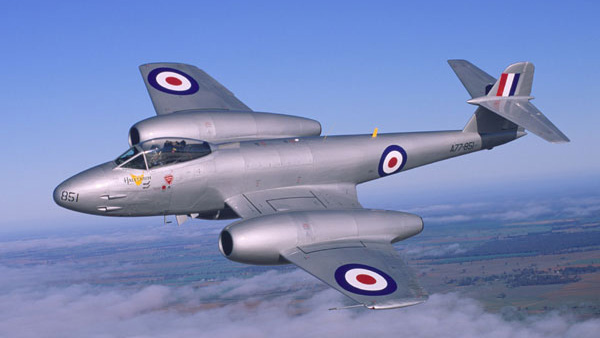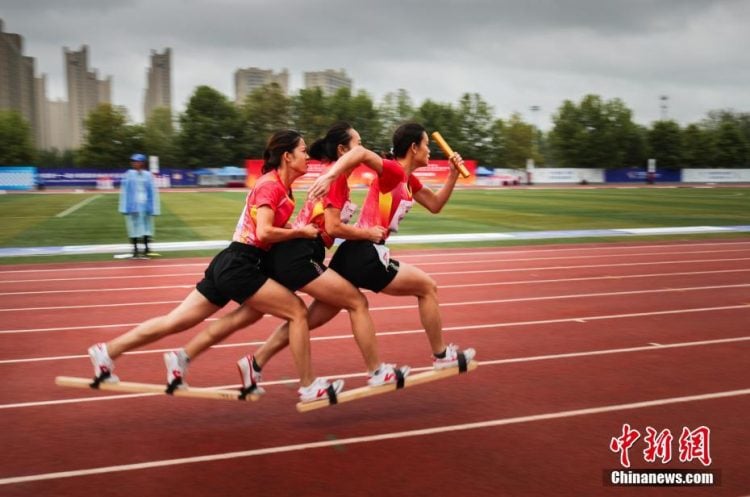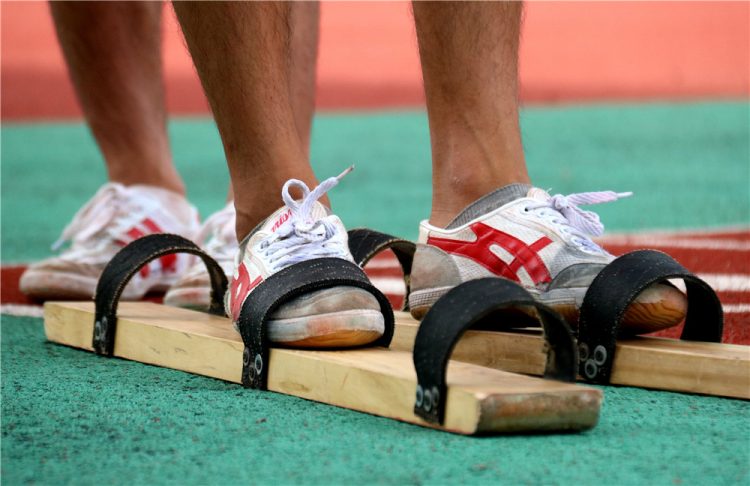The Gloster Meteor was the first British jet fighter and the Allies’ only operational jet aircraft during the Second World War. The Meteor’s development was heavily reliant on its ground-breaking turbojet engines, pioneered by Sir Frank Whittle and his company, Power Jets Ltd. Development of the aircraft began in 1940, although work on the engines had been under way since 1936. The Meteor first flew in 1943 and commenced operations on 27 July 1944 with No. 616 Squadron RAF. Nicknamed the “Meatbox”, the Meteor was not a sophisticated aircraft in its aerodynamics, but proved to be a successful combat fighter.

Several major variants of the Meteor incorporated technological advances during the 1940s and 1950s. Thousands of Meteors were built to fly with the RAF and other air forces and remained in use for several decades. The Meteor saw limited action in the Second World War. Meteors of the Royal Australian Air Force (RAAF) fought in the Korean War. Several other operators such as Argentina, Egypt and Israel flew Meteors in later regional conflicts. Specialised variants of the Meteor were developed for use in photographic aerial reconnaissance and as night fighters.

No. 616 Squadron RAF was the first to receive operational Meteors: a total of 14 aircraft were initially delivered. The squadron was based at RAF Culmhead, Somerset and had been previously equipped with the Spitfire VII. The conversion to the Meteor was initially a matter of great secrecy. Following a conversion course at Farnborough attended by the squadron’s six leading pilots, the first aircraft was delivered to Culmhead on 12 July 1944. The squadron and its seven Meteors moved on 21 July 1944 to RAF Manston on the east Kent coast and, within a week, 32 pilots had been converted to the type.
The Meteor was initially used to counter the V-1 flying bomb threat. 616 Squadron Meteors saw action for the first time on 27 July 1944, when three aircraft were active over Kent. These were the first operational jet combat missions for the Meteor and for the Royal Air Force. After some problems, especially with jamming guns, the first two V1 “kills” were made on 4 August. By war’s end, Meteors had accounted for 14 flying bombs. After the end of the V-1 threat, and the introduction of the ballistic V-2 rocket, the RAF was forbidden to fly the Meteor on combat missions over German-held territory for fear of an aircraft being shot down and salvaged by the Germans.

No. 616 Squadron briefly moved to RAF Debden to allow USAAF bomber crews to gain experience and create tactics in facing jet-engined foes before moving to Colerne, Wiltshire. For a week from 10 October 1944 a series of exercises were carried out in which a flight of Meteors made mock attacks on a formation of 100 B-24s and B-17s escorted by 40 Mustangs and Thunderbolts. These suggested that, if the jet fighter attacked the formation from above, it could take advantage of its superior speed in the dive to attack the bombers and then escape by diving through the formation before the escorts could react. The best tactic to counter this was to place a fighter screen 5,000 ft above the bombers and attempt to intercept the jets early in the dive. The exercise was also useful from No. 616 Squadron’s perspective, gaining valuable practical experience in Meteor operations.
In March, the entire squadron was moved to Gilze-Rijen and then in April, to Nijmegen. The Meteors flew armed reconnaissance and ground attack operations without encountering any German jet fighters. By late April, the squadron was based at Faßberg, Germany and suffered its first losses when two aircraft collided in poor visibility. The war ended with the Meteors having destroyed 46 German aircraft through ground attack. Friendly fire through misidentification as Messerschmitt Me 262s by Allied anti-aircraft gunners was more of a threat than the already-diminished forces of the Luftwaffe; to counter this, continental-based Meteors were given an all-white finish as a recognition aid.

Operators:
Australia: 113 aircraft
Argentina: 100 aircraft
Egypt: 30 aircraft

Syria: 25 aircraft
France: 55 aircraft
Israel: 35 aircraft























































